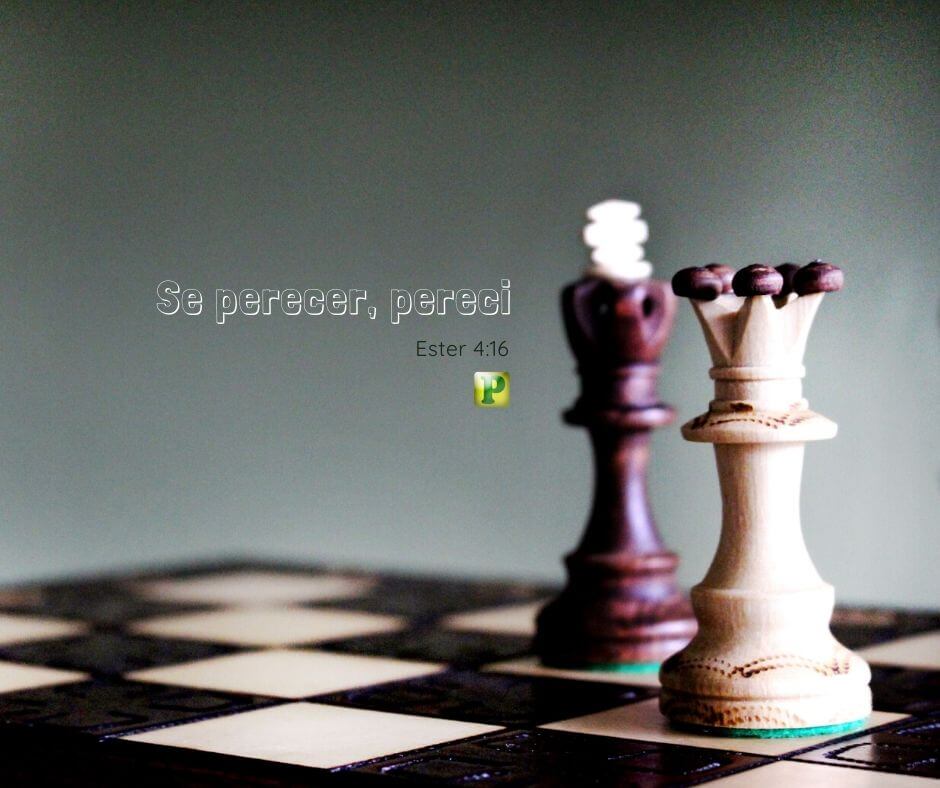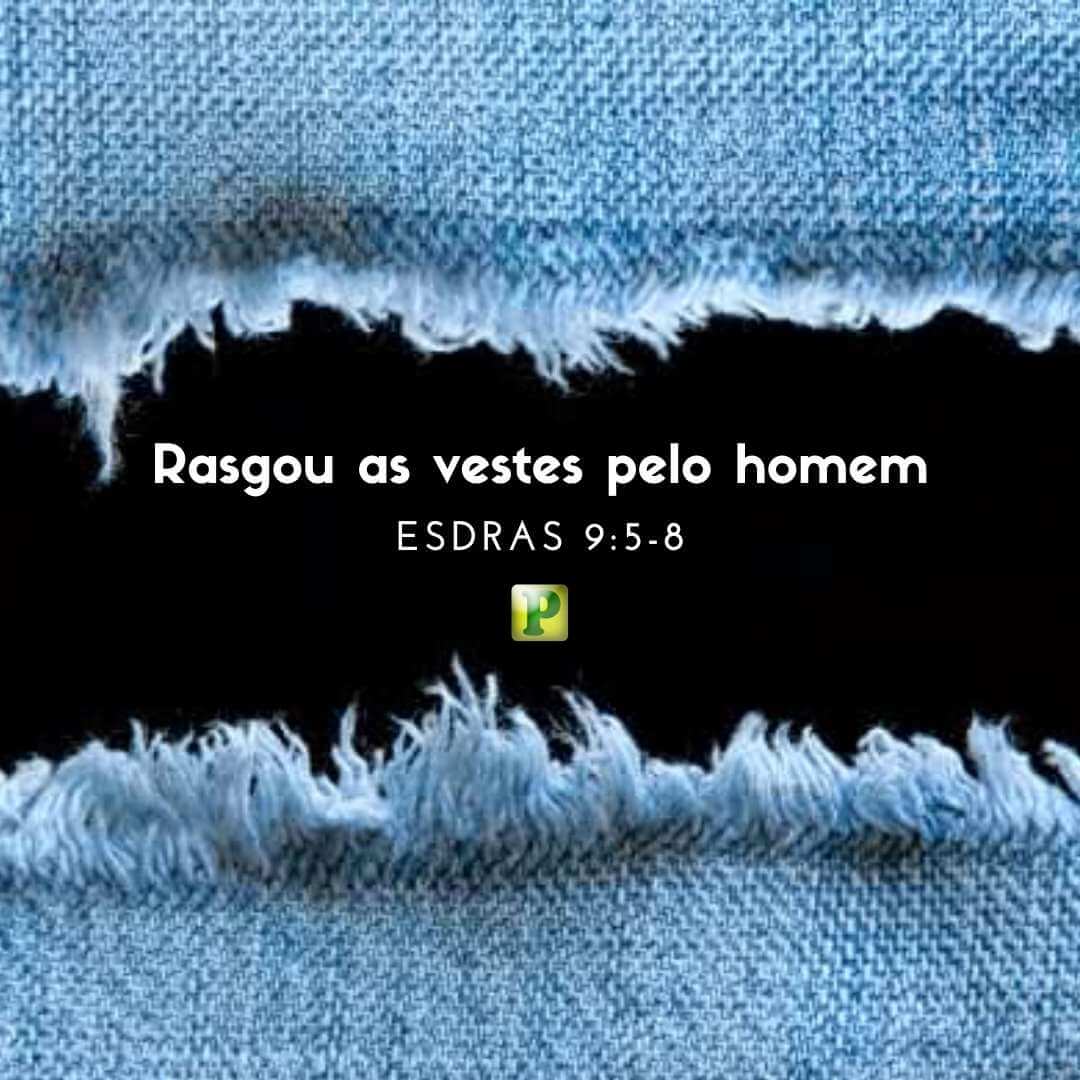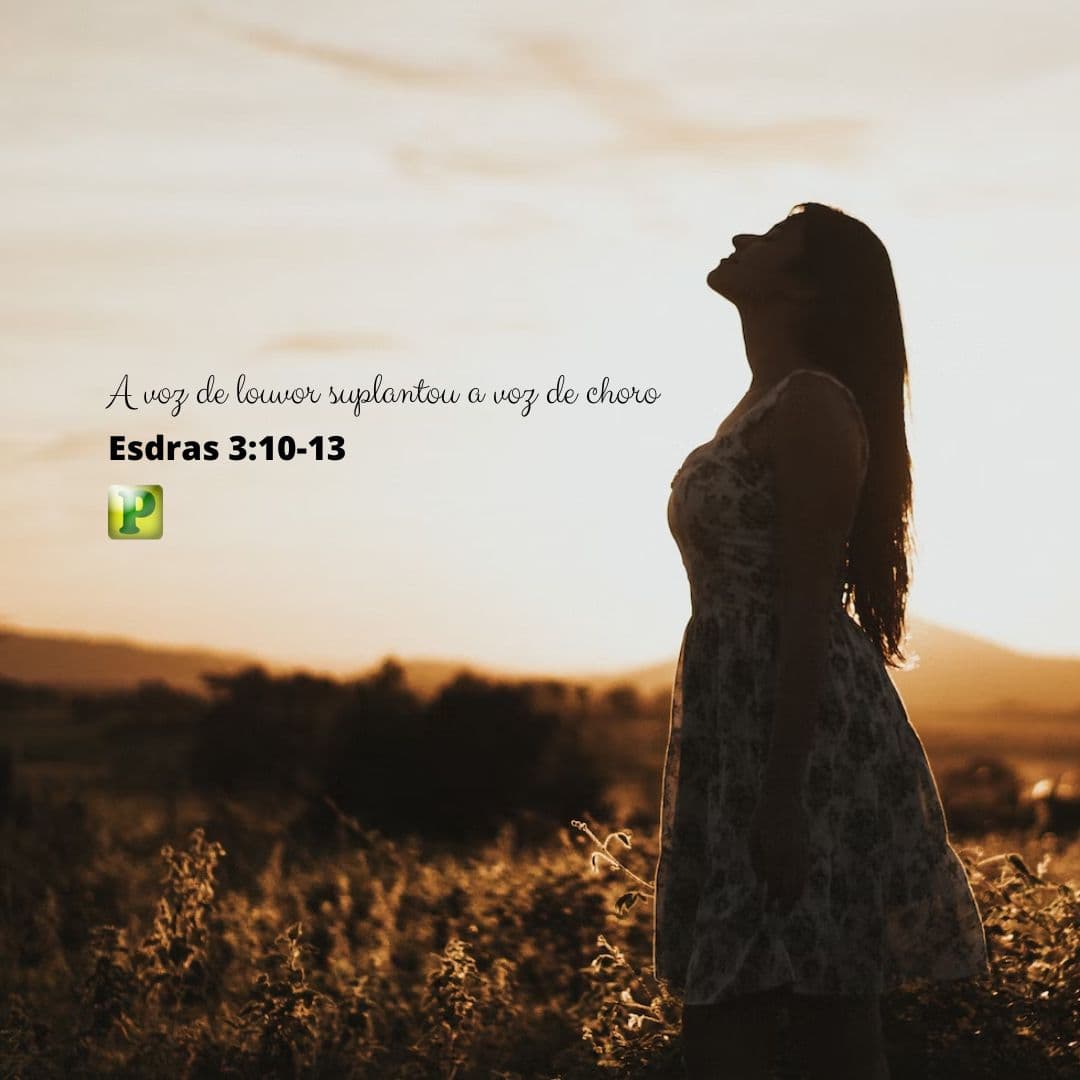RESTORATION OF THE ALTAR – Preaching
Preaching Outline on 1 Kings 18:30-39 – Then Elijah said to all the people, “Come near to me. And all the people came to him, and he restored the altar of the Lord, which was broken.
Introduction to 1 Kings 18:30-39
The cult of Baal (lord of life – Canaanite god) was most widespread in Israel during the reign of Ahab, through his wife Jezebel, who persecuted the prophets of the Lord, killing them and establishing 450 prophets who promoted the worship of Baal, who was represented in various forms and names, throughout Israel. The only prophet of the Lord who managed to escape persecution was Elijah the Tishbite.
Development
Israel’s spiritual situation at that time is the same as the world’s today
The worship of all kinds of idols is common in many people’s lives. Each person adopts a god according to their convenience, and there are those who want to serve the Lord in a mixed way – as Israel did at the time. (Mt 16:13).
II – Elijah presented himself to King Ahab and ordered him to summon all the people and the prophets of Baal to Mount Carmel to take a test to see who was truly God, Baal or the Lord. The test consisted of preparing two calves for burnt offering, one to Baal and the other to the Lord. The one who responded with fire, accepting the burnt offering, was the true God. All the people unanimously agreed to the challenge and gathered on Mount Carmel.
The prophets of Baal prepared their sacrifice and called on his name until noon, but no answer came. Then Elijah called the people to come to him, and the people came. Then Elijah began to prepare the “restoration of the altar of the Lord that was broken down”…
The altar (high place) represents the place of worship to the Lord. It points to our life, to our heart, which was created for the praise of the Lord, but which is broken because of sin and disobedience. Other gods have established themselves when the altar of the Lord is in ruins. The Lord Jesus manifested himself in human form to restore our life (God’s altar) and after that he issued the invitation: “Come to me, you who labor and are heavy laden, and I will give you rest…” (Mt 11:28).
Elijah’s procedure in restoring the altar of the Lord showed the Israelites their own need for restoration before the Lord, their return to true worship and the destruction of idols. It also points, in all its details, to the work that the Lord Jesus did for us, to restore us spiritually and lead us to true worship of the Father (Jn 4:23 and 24).
At this point we are going to make some comparisons in order to apply the teaching, we are going to use a bit of figurative language in order to better understand the proposed theme, which is “The restoration of the altar”.
1- TWELVE STONES
They represent the twelve tribes of Israel, the people owned by the Lord in the Old Testament (Joshua 4:4 – 7) and the Church of the Lord Jesus in the New Testament (1 Peter 2:5 and Revelation 21:14). Elijah built the altar with twelve stones to show the people of Israel their property and the right that the Lord had over his people, they were the memorial that the Lord had established to remember his Covenant and his faithfulness to Israel. In relation to the church, the Lord has the same purpose and the same covenant (Jn 15:16).
2- THE REGO
It points to separation from the world, to sanctification and consecration to the Lord. God requires his people to be exclusive (Rev 18:4). He does not accept duplicity in serving (Luke 16:13). The limit is communion with his Word (two measures of seed).
3- THE FIREPLACE
It typifies the nature of man that needs to be consumed by the fire of the Spirit on the altar, that is, in service to the Lord. When man consecrates himself and gives himself in the service of the Lord, he is like wood that burns for the sacrifice in worship of the Father (Leviticus 6: 12 and 13). The Lord requires the total surrender of our being in the accomplishment of his Work (Rom 6: 19).
4- THE NEWBORN
It is the Lord Jesus, sacrificed for us so that we could be restored and accepted by the Father. He took our place on the tree (Gen 22:8) and became the propitiation for our sins (1 Jn 2:2).
5- FOUR PITCHERS OF WATER
They represent the four Gospels, showing the fulfillment of the prophecies and the Law in the life of the Lord Jesus. They are the basis of the doctrine on which the church would be built (Mt 16:18). The water represents the Word that purifies and refreshes man from his evils and sins (Jn 15:3).
6- THREE TIMES
Presence of the Trinity to confirm the Word (I Jn 5: 7 and 8). See also Mt 3: 16 and 17.
7- THE ANSWER WITH FIRE
It points to the Baptism with the Holy Spirit, to transform man and seal the Work in his life. He is the sign and pledge of God’s inheritance for the servant (Eph 1:13 and 14), indicating that the Lord accepts him as a son. It also points to the rapture of the church, which will take place when it fulfills all the Lord’s will.
Preaching Outline on 1 Kings 18:30-39 – Then Elijah said to all the people, “Come near to me. And all the people came to him, and he restored the altar of the Lord, which was broken.
More Preaching Outlines
- Lot’s choice | Man’s choice – Genesis 13:10
- THE WANT IN ELIAS’ LIFE – 1 Kings 17:2
- What are you attached to? – Job 27:6
- RESTART? – Genesis 8:20-21






